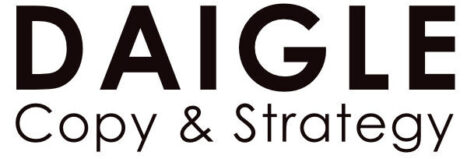
Your Small Business Can Level The Playing Field!
“Nobody reads anymore!”
(sigh)
I hear that same tired line all the time.
Yes, reading habits have changed in the last two decades, to be sure. But, since the advent of the internet, more content has been produced than at any time since the invention of the printing press.
That’s because consumers are demanding more information to help them make good decisions. And they wanted it yesterday.
So, where does that leave you, the small business owner?
In a really great spot, that’s where! You have the information customers want.
Nobody knows your business better than you, so producing content that helps your customer is one of the best marketing techniques you can use.
Content is Jack’s ax on the beanstalk of your competition. It gives you an inexpensive way to prove yourself to customers in a way most paid advertising just can’t.
But just like any other marketing, you have to do content marketing right. So, here’s a primer to get you started with three tools that can set you apart from the crowd.
You’re going to learn:
– How each tool works.
– Why customers will love you for using them.
– Some of the pitfalls to avoid when using them.
– Strategies on using them well.
Let’s go!
the good ol’ blog
Blogging is one of the original electronic content marketing tools. But before we get started, let’s just address the 800-pound gorilla in the room.
“There are too many blogs out there already, Ted.”
I know. Growth Badger reports the number of blogs in 2020 exceeded 600 million.
But most of those blogs suck, and that isn’t going to happen to you.
Because the first thing you are going to do is add value for the reader.
Then the next thing you are going to do is add value for the reader. While you are at it, go ahead and add value for the reader.
See where I’m going with this?
A blog that doesn’t answer a consumer’s questions is a dull ax, indeed. You won’t be killing any giants with it.
And the best way to add value for your reader is to teach them.
Bob Bly, wrote in his classic The Copywriter’s Handbook, that the best blogs tell readers how to do something.
And there’s proof to back up the claim. A recent Hubspot survey revealed that most people read blogs to learn something new.
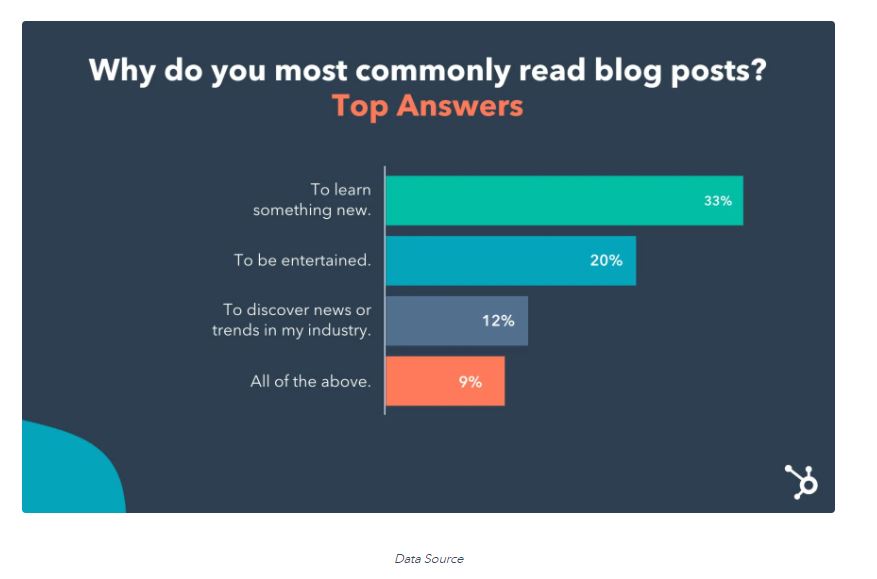
Even as I’m writing this, one of the most visited blogging sites on the web, Problogger, has four how-to blogs posted on its front page.
what a blog can do for you
A helpful blog can position you as a subject matter expert in your field, building confidence in your brand.
It can separate you from the competition, especially players who tend to run paid ads that focus on product or service features.
Good blogs also get shared on social media, in text messages, and in emails. That sort of organic traffic is priceless.
Think about the last time a friend sent a link to a service or product. Your first reaction was to trust that provider because it was an unsolicited referral.
So for a bit of effort, blogs let you distance yourself from the pack, get free advertising, and build the type of trust no paid ad can engender.
Not bad!
But will a blog work for your type of business?
The short answer is yes, especially if your business requires some degree of education such as new technology or finance.
But just about any type of business can benefit as long as it has something to teach your target audience. Just ask the Dairy Farmers of Wisconsin.
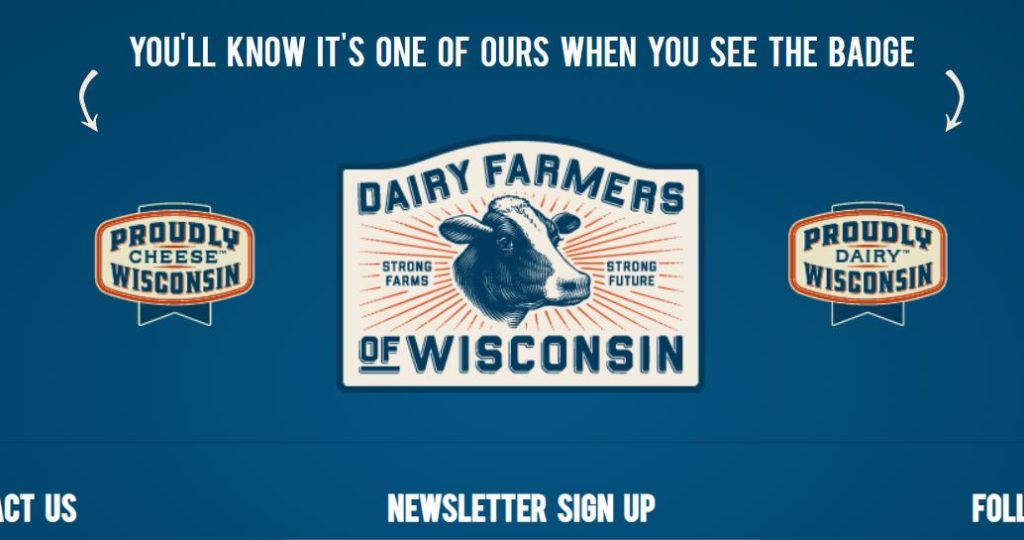
Cheese. Let that sink in.
But the way they do it is really cool because they are always teaching and adding value.
I mean, where else are you going to learn about Butterkäse? Seriously, after learning about it while researching this blog, I started scouring the ‘net to see where I could get some.
And that’s how the blog game gets played.
One day your customers don’t even know you exist; the next day, they are falling all over themselves to get their mitts on your cheese.
Blogger beware
Cheese blog success is real, but you can’t just slap up some snazzy content and expect the world to automatically show up at your door begging for Butterkäse. (There it is again.)
Ya gotta let them know the cheese is out there. You need a strategy.
Get the word out by linking to your blog on social media, emailing it, and practicing some Search Engine Optimization (SEO) tactics to generate attention.
And be consistent. Too many well-intended blogs fizzle out and die because there wasn’t a publishing plan in place.
Here’s how you avoid that sad fate.
First, determine how often you plan to blog. Plan on at least twice a month, but not more than once a week.
Then, literally get a calendar out and put in the topics you want to cover. To get the issues, just think about conversations you’ve had with your customers.
What keeps them up at night? What do they want to try and accomplish?
For example, this blog post was inspired by several conversations I had with business owners lamenting the cost of paid advertising. But, unfortunately, they knew little to nothing about content marketing tools.
I did a keyword search to see how many other small business owners had this issue, and a blog post was born!
After the planning, of course, you have to write. Good blogs are well-planned, well-researched, and well-edited. All that takes time so factor that into your planning.
If you don’t have time to write it yourself, don’t give up!
Find an employee who likes to write or hire a copywriter. Then, just weigh the opportunity costs before you let go of it.
Oh, and if you elect not to write the blogs, be sure to proofread them before they go online. You want to make sure your messaging, tone, and voice are consistent with your brand.
EBooks and EGuides
Maybe you can’t blog regularly. Or perhaps you are trying to consistently overcome the same objections from potential customers.
Enter the eBook and its little cousin, the eGuide.
Like blogs, they establish credibility, build trust, and position your business as an expert in the field.
But they have an added bonus in that they are better direct marketing tools. They move beyond just saying how to fix a problem.
They offer specific solutions.
Linked In did this with their Content Marketing Tactical Plan. It doesn’t just tell you how to conduct content marketing; it tells you how to do it with their product.
More benefits
Let’s say you are blogging regularly, and it is working well. An eBook or guide can still fit into your content marketing strategy.
Let’s go back to our cheese example.
Maybe your typical blog on the art of cheesemaking is about 1,000 words long. But you have an idea for the ultimate guide on creating charcuterie boards.
Done right; this is a big topic that would be much longer than the average blog post.
As an eBook or guide, you can attach it as a downloadable guide on your website, making it easier for consumers to share.
Now you have two choices.
You could offer your information without asking for anything in return. Then again, you could ask for a little reciprocation.
What could you ask for? Well, their business, of course, but that might be a little heavy-handed.
Instead, you could offer them the book in exchange for their email address. These can be used for future marketing efforts to announce things like sales or to send out newsletters.
Or you could forget all that reciprocity stuff and just charge for it. Either way, your eBook has the potential to bring in more value than a blog alone.
That brings us to our third and most accessible content marketing tool.
The List
Chances are you’ve seen these before. Lists, sometimes called listicles, are just what the name implies. It’s a catalog of helpful tools and resources.
I could argue there’s no easier way to enter content marketing than by making a list.
Why?
Because you really don’t need any expertise in your field to create a list. You’ll want a general knowledge of the items in your list, but you don’t have to be an expert on each one.
One of my favorite examples is from Strategy Beam, a marketing agency in Florida.They offer this list of 160 free online marketing tools.
Each one has a short description of why it is useful and a screenshot of the tool.
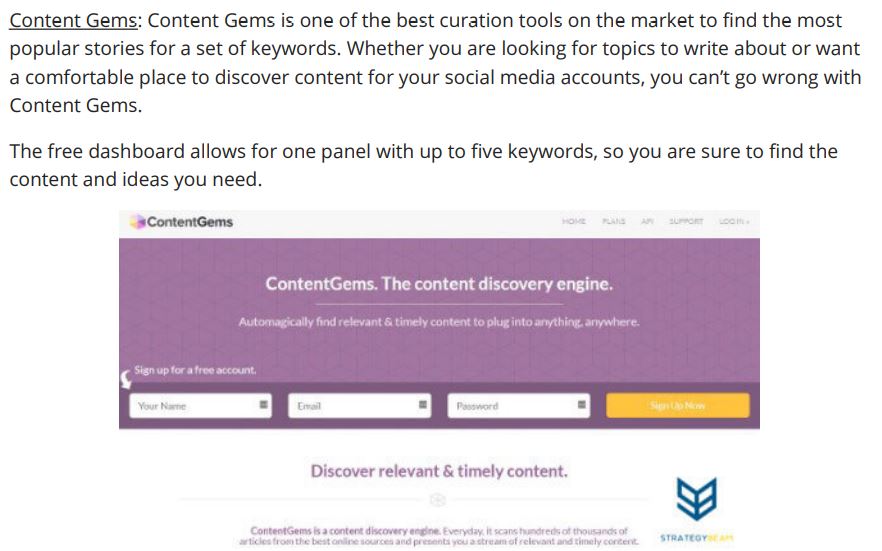
Like all the other content marketing tools, this one has a strategy. It seems to be aimed at startups and solopreneurs, hoping they will reference it so often that Strategy Beam will be on their minds when they need professional marketing services.
It’s a good strategy and should work because this is one of the most comprehensive lists I’ve ever seen on the subject. It’s in-depth but straightforward and highly useful.
They seem to know their customer’s pain points.
The lesson here is, just because lists are easy to create doesn’t mean they don’t require a lot of thought to reach the customer. And they can still need a lot of time to produce depending on what is in them.
As long as you provide good value, a list can help endear you to potential and existing customers. What it probably won’t do is position you as a subject matter expert. So, don’t write that intention too heavily into your marketing strategy when creating a list.
Like blogs, lists require minimal design, and they rely much less on solid writing skills. That’s good news because you won’t really need to hire a writer or a designer to help.
If you do, you can offer the job to someone just starting out. They will appreciate the work, and you can get it done for much less than most other types of content marketing.
Finally, be sure to check your list regularly and update it. Too many broken links aren’t helpful and can turn off potential clients.
Things to consider when developing your content marketing plan
There are some things to think about before you start clamoring for the keyboard. So ask yourself a few questions before you head down the content marketing path.
Do you like to write?
No, this is not a prerequisite. Neither is being a solid writer. But if you answer no to this question, be prepared to ask for help and be ready to pay for it. You can still write this content yourself, but you will want to invest in a product like Grammarly to lend a hand with editing.
You’d be wise to call in some human help, too. AI programs have made great strides, but they will still leave some serious errors in your work.
The other alternative is to hire a professional writer. Please note I said professional. Except for creating lists, you will want someone with experience.
They have to understand your message and your business while capturing your tone and voice. Research is going to be a big deal, as well. Don’t settle for a Google goulash of ideas haphazardly gathered on the web.
You’ll want real research, possibly even interviews with industry experts.
That’s not easy, and it isn’t inexpensive. But again, it comes down to ROI. If you spend $1500 on a piece of content that makes you $10,000 in new sales, then it is well worth the effort.
Anybody on Wall Street would love those kinds of returns!
Are you willing to pay for the design?
This type of content needs to be easy to read. It doesn’t have to be fancy, but please don’t just throw a wall of text at your reader.
Chances are the reader will consume your content from a screen. A well-designed piece with plenty of white space and appropriate visuals will move them along the text.
The examples below from Flywheel make my point.
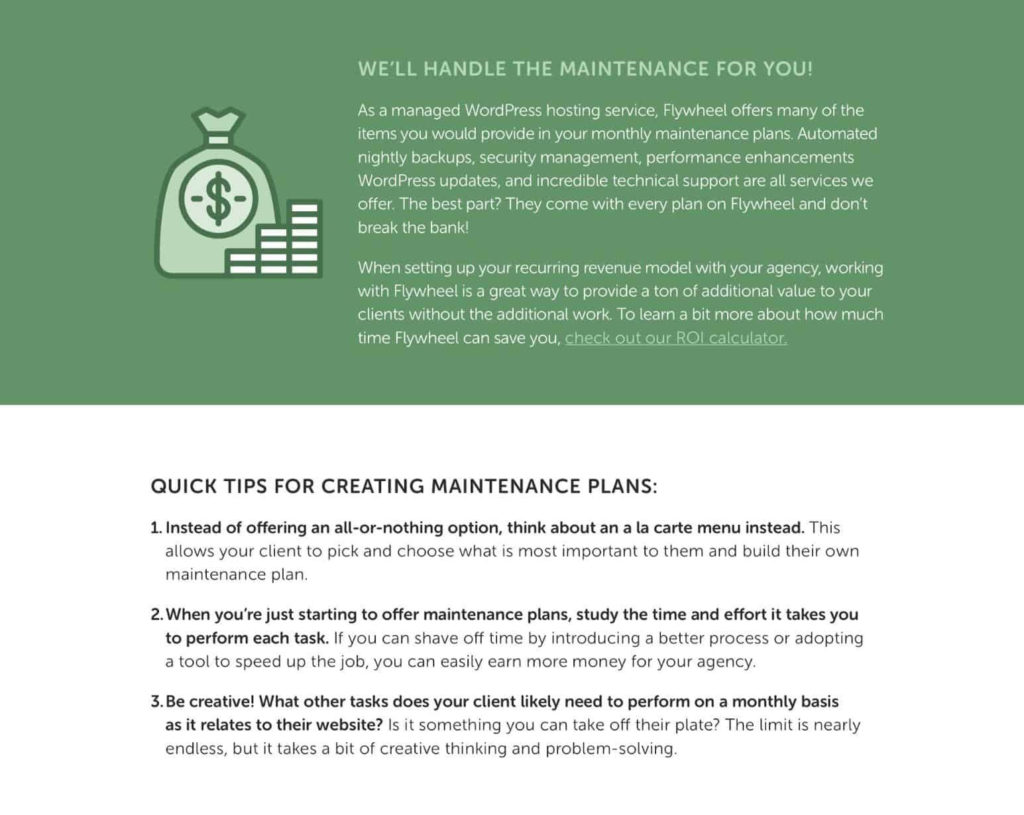
All the design elements complement the text. It could use a little more room between lines, but the overall effect is good. The graphics are engaging without distracting from the message. The designer also highlighted the most essential elements so your eyes would be drawn to them.
A lot goes into sound design!
So, should you hire a designer? Maybe. Good design is complex, and unless you have some background in it, then like writing, you should consider farming out this work.
There are some DIY places like VennGage that offer eBook makers for a fee. I haven’t used them, but it is an alternative. Just remember, weigh opportunity costs. Bad design can kill good copy and vice versa.
When in doubt, hire it out.
Putting it all together
So, there you have it. Blogs,ebooks, guides, and lists are great content marketing tools with a low barrier to entry. And they are very powerful!
It levels the playing field against a competitor using paid advertising and can position you as the go-to person in your field.
And once you gain a customer’s trust, they tend to come back again and again.

I’d love to hear your feedback and any questions you might have, so please don’t hesitate to contact me below or simply drop me a line at ted@daiglecopy.com
